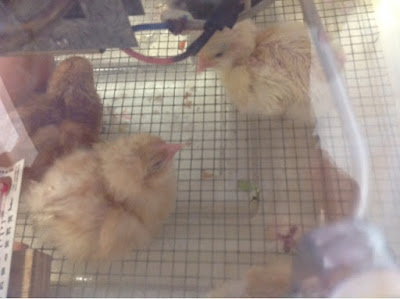In January students watched expectantly as the chicken eggs in the incubator hatched, and the new chicks grew stronger. Twenty four hours after hatching, the chicks were placed in a warm brooder box where they ate grain, drank water, and grew noticeably bigger. The students were excited to hold the chicks, as you can see from the pictures below.
Sun, Earth, Moon, and our solar system
Our study of the solar system focused on the patterns in the sky: Earth rotates daily and revolves around the sun; our moon revolves around the Earth. Students gained information from books and videos about how these patterns affect seasons on Earth. Areas closer to the equator are warm year-round. We live in an area that has 4 seasons.
Students also learned about constellations and planets which were highlighted on our field trip to the Museum of Science planetarium.
Students heard that the 4 inner planets are rock planets, and the outer planets are called "gas giants".
Our most recent unit of study is connected to how these planets are described. In our MATTER unit students experimented with objects in each of the 3 states of matter: solid, liquid, and gas. Solids keep their own shapes. Liquids take the shape of their container, and gas "fills its container". The experiments provided hands-on exploration of solids and liquids so that students could describe the properties of each item.
























No comments:
Post a Comment